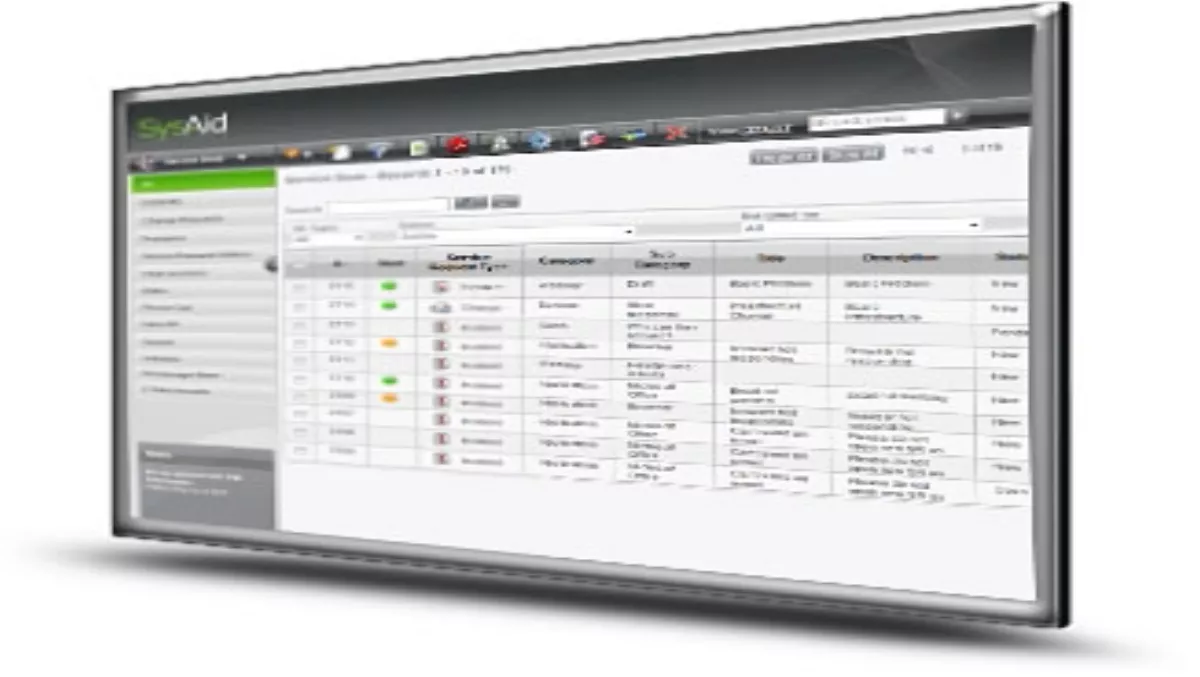
When lives and millions of dollars of cargo are at stake, there's a good incentive to ensure gear doesn't fail at a critical moment. For 135-year-old Port Taranaki, that means having a strict regime of preventative maintenance of its tug fleet, cargo-handling equipment and other shore facilities. The process has been significantly streamlined with the help of IBM's Maximo asset management software, which has established itself as one of the port's most important IT systems. Grant Squire, the port's Maximo implementation project leader, says the software extends right across the company, taking care of purchasing and inventory management of everything from ballpoint pens to forklift wheels. Maintenance-wise, it includes compliance management, periodic machinery overhaul and one off repairs for all the company's civil, mechanical and marine operations. "Wharves, buildings, forklifts, container cranes, tugs, vehicles — everything is managed through the system,” says Squire. Natalie Souness, who joined the port company as asset management co-ordinator and led a project completed earlier this year to upgrade to Maximo version 7, says the system even handles project management. The port's health and safety officer, for instance, is using the system's work order functionality to manage a health and safety permit review project. "All his purchasing is referenced to that work order so he can keep track of the project's cost,” Souness says. It's a far cry from how the company used to operate and a small example of the broad scope of the system. Starting small, aiming big Maximo replaces two systems, a 20-year-old PC-based maintenance management program that was used to keep the port's tugs and other floating plant in working order, and a paper-based process that managed shore-based assets. Links from the two with the company's financial and inventory management systems were almost non-existent. "There was an awareness we needed to move in that direction,” says Squire, a marine engineer who, along with the company's IT manager, worked almost full-time on the Maximo project for two years. "We could see from the marine side, because we'd had previous experience with computerised maintenance management, that there was a need to integrate inventory and possibly purchasing into the system, which would make preventative maintenance much easier. "We were starting from a very basic point. The integration with our financial system and inventory management was green-fields stuff — we had to start from the beginning and develop a lot of it.” It's been a big undertaking, with equally big benefits. The port company, which employs nearly 130 people in New Plymouth, had separate management groups for floating and shore-based assets. Now the lot is managed through Maximo, which is used by about three-quarters of port staff. "There was a big culture change for a lot of people in the company so even in the implementation phase there was a lot of education just in getting them used to the concept, let alone the nuts and bolts of it.” The project was undertaken by Maximo specialist UtilityAP, which merged with Auckland-based IBM business partner Certus part way through implementation. Squire says Certus was key to showing the port's staff, some of whom were using computers for the first time in their work, the ropes. Broader scope What all the port staff who worked on the project learnt as they went along was the broad scope of their chosen solution. "There's a lot of configuration possible within Maximo and initially I was coming to grips with some of that. But since Natalie has come on as Maximo system co-ordinator, I've left most of that to her — she's much quicker at it than me,” Squire says. Having returned to his role of managing the port's marine maintenance, Squire is finding he has a much better picture of work that's in progress and coming up. In the case of five yearly tug dockings, for example, the new system allows a hierarchy of work orders to be planned in advance over a long period but then executed together over a short timeframe. As well as looking forward, Maximo records the maintenance history of individual items so any issues can be tracked over time. "One of the biggest things is that preventative maintenance is working smoothly because we now have good inventory and purchasing integration, which makes life a lot easier. They guys on vessels can manage work knowing they have the necessary parts — it's all dealt with for them.” Previously, a report of the coming month's marine maintenance jobs would be printed and pored over by engineers, who would manually requisition the necessary parts. Maximo, in contrast, with an electronic record of how many hours vessels have done, will automatically schedule an oil change, say, making sure replacement oil and filters are in stock. Improved inventory management means stock is now replenished on a just-in-time basis, Souness says. "We're stocking more, but it is the stuff we need.” The next stage, she says, is getting labour and plant costings into the system. "At the moment we have all purchasing going through Maximo, so we can look at a work order for maintenance of an asset and see how much it is costing in terms of materials and services, but we have no idea of the labour cost. "We want to bring that into this system so we can get an overall picture of how much things are costing us. Then we can do better planning of labour hours, see whether we need to take on people … just how much work we have in the pipeline.” Says Squire: "In the end we probably have a system that is broader than a lot of Maximo users' because we've deployed it widely. It's given us a system that handles a lot of aspects of the company.”